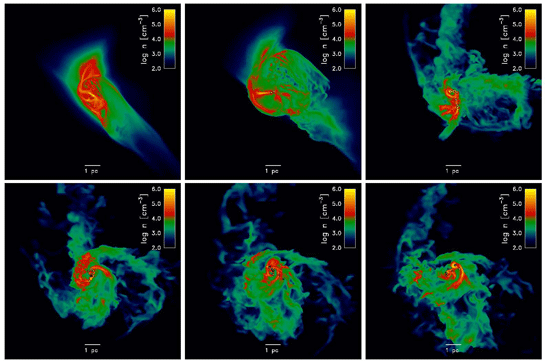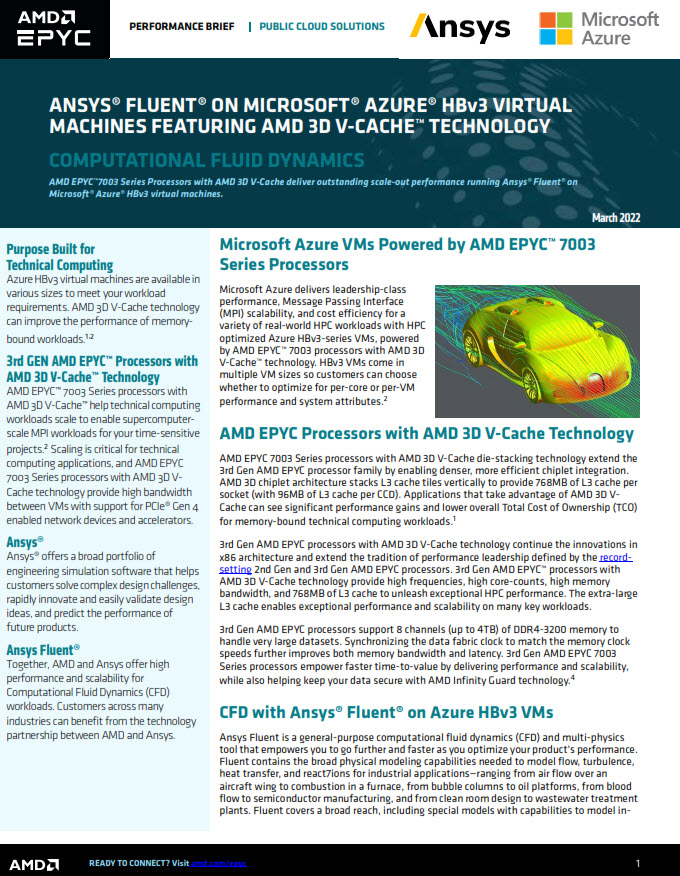Researchers are using TACC supercomputers to shed light on the formation and explosion of stars in the earliest galaxies.
Working with Chalence Safranek-Shrader and Volker Bromm at The University of Texas at Austin, Milos Milosavljevic recently reported the results of several massive numerical simulations charting the forces of the universe in its first hundreds of millions of years using some of the world’s most powerful supercomputers, including the National Science Foundation-supported Stampede, Lonestar and Ranger (now retired) systems at the Texas Advanced Computing Center.
Distant objects, born at a given moment in cosmic history, have a tell-tale signature — spectra or light curves. Like isotopes in carbon dating, these signatures help astronomers recognize and date phenomenon in deep space. In the absence of any observations, simulations are the best way of predicting these light signatures.
This is a really exciting time for the field of cosmology,” astronomer and Nobel Laureate Saul Perlmutter said in his keynote address at the SC13 conference in November. “We are now ready to collect, simulate and analyze the next level of precision data… there’s more to high performance computing science than we have yet accomplished.”

This simulation shows hydrodynamic instability triggered by rapid cooling in a heavy-element-enriched cosmic dark matter halo when the universe was only 300 million years old.
Read the Full Story.




